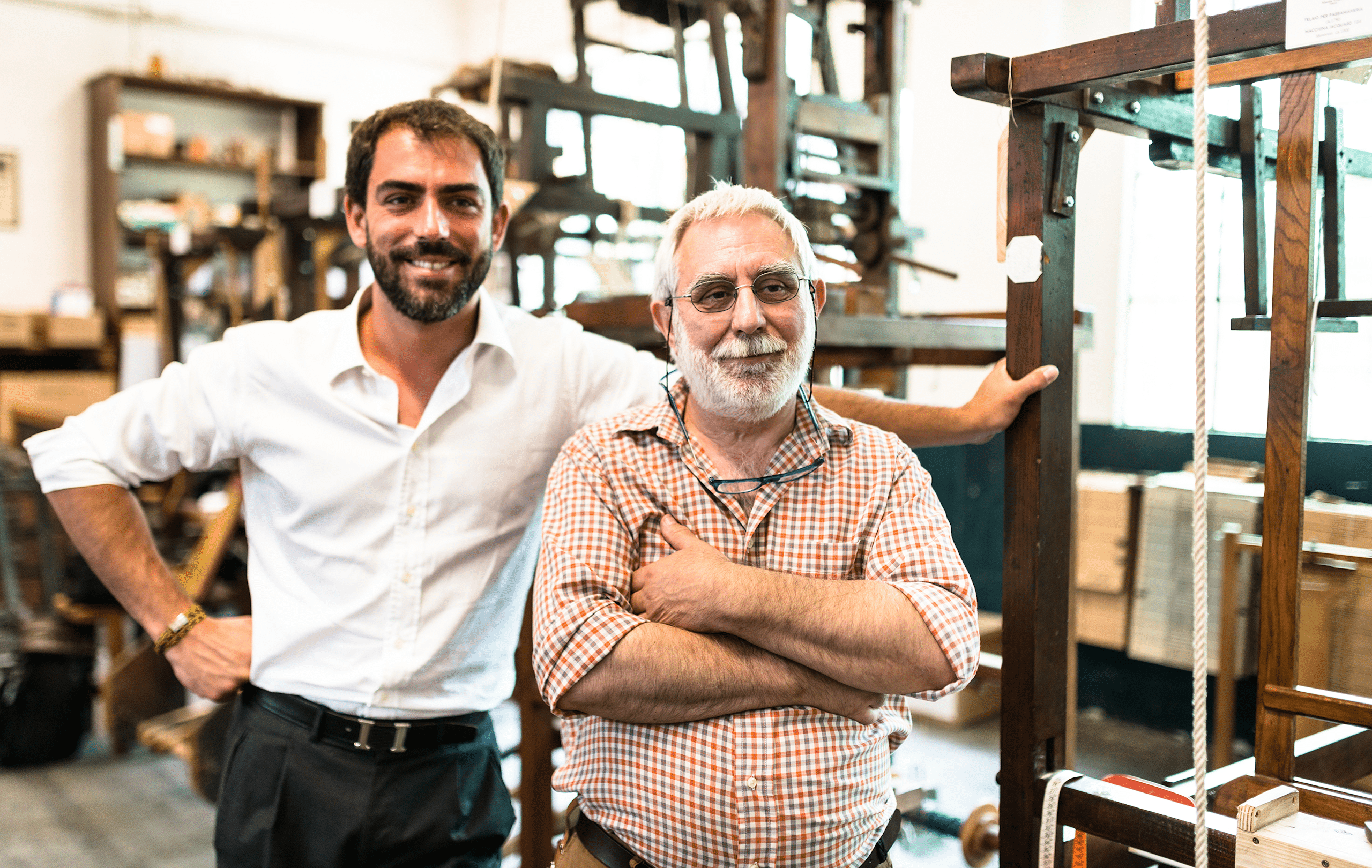
In addition to the emotional component, it is also economically important that your succession is regulated: Once a company ceases operations, knowledge, jobs and tax revenues are lost. Over the next four years, the next generation will take the helm in 13.1 percent of all Swiss companies. According to the Bisnode D&B business information service, this will affect half a million employees in these companies.
The experts in the Federal Government’s SME portal, therefore, advise entrepreneurs to think about their retirement as soon as they reach the age of 50. It is not only your succession that will be regulated; the head of the company should also deal early on with the financial and fiscal consequences of a corporate transfer, as well as the professional and personal pensions (second and third pillar).
Optimize your retirement provision
Many company founders invest a lot of money in their companies in the early days to get the company up and running and then later as well because their own company is a good investment. The company becomes the cornerstone of their pension. Their personal wealth is often scarce. If they do not augment their personal wealth in time, business owners are forced to try to sell their companies for a good price when they retire with all the financial and fiscal risks that this entails.
But how can you as an entrepreneur maintain your accustomed standard of living after retirement? Our tip: Take advantage of the opportunities offered to you by the first and second pillars. How you receive your wages, what retirement provision you have and whether you make pension fund purchases are all critical to how well positioned you will be in your retirement.
1. Types of wage payments: As the head of the company, you can determine your income amount yourself and decide which portion is paid as a wage and which as a dividend. Paying dividends is advantageous from a tax viewpoint. However, if your salary is low, the AHV pension and the credit balance in your pension fund will be lower. Buying into the pension fund is a popular way to save on taxes, but is limited as to when dividends are paid out. The optimal relationship between salary and dividend payouts must be considered on an individual basis, preferably with a trustee.
2. Good retirement provision: Insure yourself and your employees with your pension fund beyond the mandatory limit. This is possible up to an annual salary of 853,200Swiss Francs. In this way, you have the opportunity to build additional pension assets. You can also reduce the tax burden. It is best to plan your extra-mandatory retirement provision for at least ten years.
3. Pension fund purchases: If you voluntarily buy into a pension fund, you will improve your retirement provision. The amount paid in can be deducted from your taxable income. It should be noted that for three years after making a purchase in the pension fund you cannot receive any capital, except for a pension.
One thing is clear: Transferring your company successfully is a process that will take several years. You need time to build personal wealth, to buy into the pension fund and, last but not least, to look for a suitable successor.
Regular analysis of your situation is worthwhile: It will be advantageous to start thinking about your retirement as soon as you reach the age of 50. How it looks will depend on your personal situation, such as whether or not you are married or have children, or own your home. Learn from our experts about how you can best save money and about what is the best way to invest your money. At the age of 55, it is advisable to review the actions that you have taken and redefine them if necessary. This means that when you reach 60 years of age all you have to do is think about how you plan to receive your benefits: as a pension, capital or in mixed form.
Whichever route you take in planning your succession, we are at your side to help you in any way we can. This way, you can look forward to your retirement.


